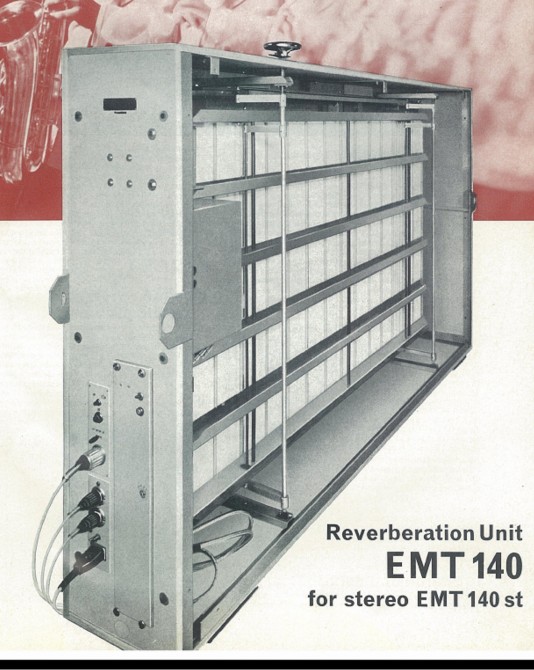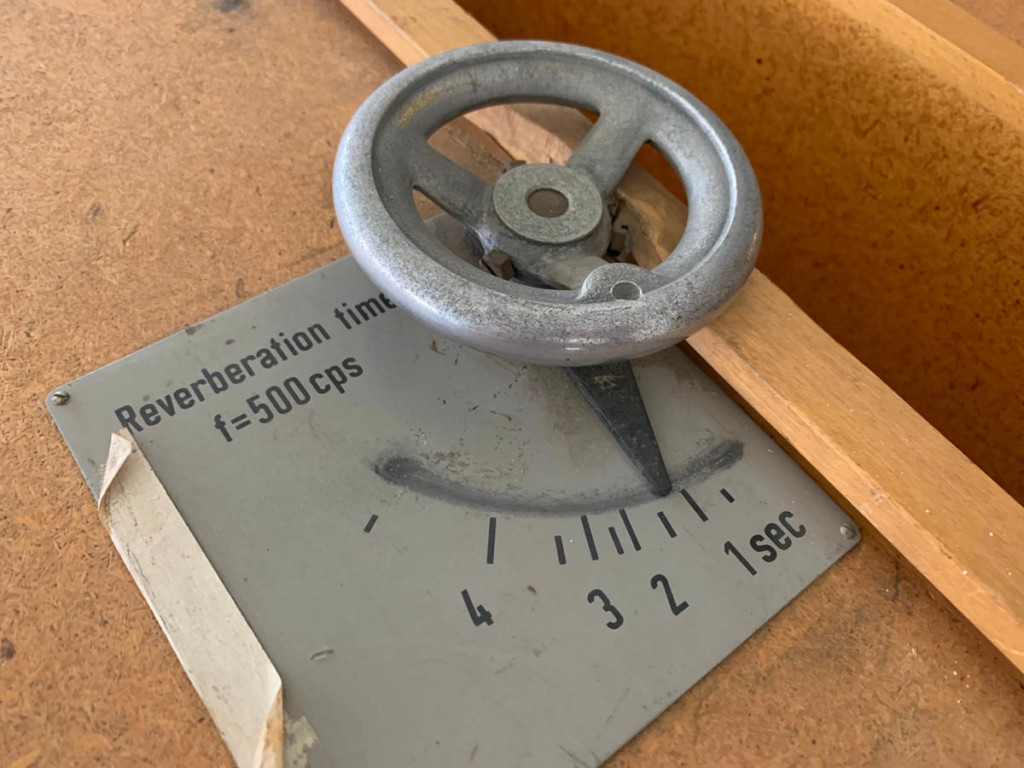Soundtoys is again giving away their superb Little Plate reverb plug-in – normally $99 – through December 1. It’s a model of the vintage EMT 140 but with extras like infinite Decay Time, a Mod switch, and an adjustable lowpass filter.
To get the free plug-in, you just sign up with your name, country, and email address.
https://forms.soundtoys.com/#/little-plate-promo
(If you got the free plug-in before and forgot about it, it won’t let you do it again but you should be able to look up your license! And it now runs on all the latest OSes and architectures.)
Looking back at Little Plate, I have some fond memories; if you haven’t picked it up before, don’t miss out here. Some notes on the settings:
- The real EMT 140 maxes out at 5 seconds, but here you can go up to 32-second decay times, all with the same accurate modeling – something you wouldn’t be able to do convincingly with an impulse response.
- The Infinity setting means this doubles as a sustain with never-ending decay, which opens up other creative possibilities.
- Mod is easy to miss, but it’s important – you get some slight modulation on the reverb tail, which gives you a thicker / smoother sound and is an especially good idea on those longer tails. (Note that one of the various upgrades on Super Plate is that this mod switch is replaced with a continuous mod amount and an additional rate control – but here, the switch works well enough.)
- The Low Cut is also important for taming boomy bass, and note that it goes all the way up to 1 KHz.
Bonus freebie – Elisabeth Homeland is offering their wrapper for Little Plate for Ableton Live free, too, for a limited time. It’s a giveaway to go with the giveaway:
Now, obviously, Soundtoys is hoping that you’ll get so hooked on this that you look at SuperPlate (or the full Soundtoys 5). There’s a discount added to your account once you download this free version. SuperPlate adds a bunch of additional tweakable settings and another four plate reverb models; see my past review and some additional tips:
I refer back to those two as I’m still exploring this one.
But the EMT 140 is the plate of all plates, so let’s have a look at the original.
Here’s a quick look at how it works – and it isn’t complicated, though it is huge; you have a really simple mechanism of pickups and mechanical damping to adjust the reverb time. That is, the 140 was easier to build and engineer than it is to model, frankly:
I have to research the EMT 140’s history here in its native Germany a bit more, but famously Abbey Road was an early international customer, meaning Pink Floyd and the Beatles were stand-out users. I expect there are other and earlier examples, but have to dig in.
One trick to modeling plates is that the hardware itself can vary wildly. You can listen to a shootout via White Noise Studio and I think you’ll be surprised by just how different these sound. (I keep Arturia, UAD, and Soundtoys around my plug-in folder, at least.) At Abbey Road, the EMT underwent various adjustments and variations, though accurate creations of those may be less useful in software form. I think you’ll also hear that Soundtoys’ offering is the most versatile – without some of the weird, hard-to-mix resonances in some of the other models. This is of course a matter of taste, and because of the differences you can have multiple EMT-modeling plug-ins and get completely different results from them. But I use the Soundtoys most of all precisely because it has a combination of complex build-up and manageable resonance that sits well in a mix. Vintage King did a shootout too, though sadly left out the Little Plate.
Here are some great articles on the history and engineering of the EMT 140 and its German maker Elektromesstecknik:

The History of EMT and Plate Reverb [WikiAudio]
Amusingly on that article you’ll see a commenter who worked with The Who on Quadrophenia and … complains about the EMT, the heat, and itchy fiberglass. (Can’t blame them!)
EMT 140 Plate Reverb [designingsound]
The remarkable EMT 140 plate reverb from 1957 [vintage digital – with user manual, service manual, and more]
And yeah, instead of being sensible and downloading this plug-in for free, you could go buy an actual EMT 140. Here’s what happened to someone who did. And they do show up on Reverb.com (I mean, I guess that’s appropriate):
If you buy something from a CDM link, we may earn a commission.
The real thing – original EMT 140 plate (full size) [Reverb.com]
From Deke Dickerson’s article, I mean – don’t you want a massive knob like this on something you own? (I can see a really impractical Eurorack module design here.)

“Time” by Pink Floyd uses a whole lotta EMT 140 decay:
Oh, and lastly, if you want to go down a semi-related rabbit hole after that comment about Quadrophenia, here’s an hour-long documentary from the BBC going behind the scenes.
But yeah, that glistening reverb across the whole album is presumably all EMT 140 (especially judging by the comment from the engineer).
The good news is, it also sounds great on lots of synthetic (and modeled) sources in the box.